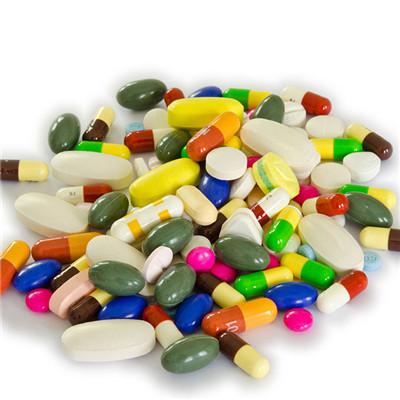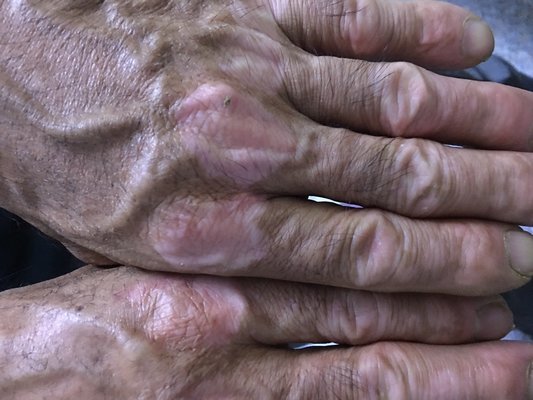What is angular stomatitis
summary
This is a clinical common and high incidence, the occurrence of this disease has brought great pain to the majority of patients, and because of different etiology, different symptoms, there are a variety of classification of angular stomatitis, so the treatment also needs to distinguish the symptoms and types. Now let's talk about what is angular stomatitis.
What is angular stomatitis
First: infectious angular stomatitis, vitamin deficiency angular stomatitis and so on: its clinical manifestations are similar, and it is easy to occur in children. The clinical manifestation of angular stomatitis is often the mucosa skin joint of bilateral angular region, with chaps extending to the skin or medial mucosa, and the angular region is pale due to the saliva overflowing from the mouth. The corner of the mouth is moist, and transverse chaps are often seen on the skin side, without bleeding. However, when the cheek is opened, if the mouth is too large, its base is red, even bleeding, sometimes accompanied by thin scab, and mild pain and tenderness can be seen.

Second: dystrophic stomatitis: dystrophic vitamin B deficiency often causes stomatitis, especially the latter. The performance is the bilateral corners of the mouth wet white, has the erosion or the ulcer. There are transverse fissure, severe cases can be extended to the medial mucosa or skin, fissure depth, length, pain is not obvious. At the same time with angular stomatitis, there are often dry lips, longitudinal cracks, occasionally scales and slight swelling of lips; the filiform papillae on the back of tongue atrophy, resulting in smooth back of tongue, but the mycotic papillae edema, hypertrophy and mushroom like. There are teeth marks on the edge of tongue. The patient felt irritant pain at the corner of the mouth. Therefore, dystrophic angular inflammation, not only angular erosion, but also cheilitis, glossitis. Nutrition and vitamins should be supplemented.

Third: coccal angular stomatitis: including caused by Streptococcus, Staphylococcus infection. When the distance between the maxilla and mandible is shortened, saliva is often collected in the corner of the mouth. When the body resistance is low, coccal infection is often found, which is more common in elderly patients with edentulous. Its clinical manifestations are similar to those of dystrophic angular stomatitis. The main symptoms are erosion, angular invasion and transverse cracks. In addition, coccal infection can cause local suppuration, bleeding and infatuation. Broad spectrum antibiotics were used for treatment. The mouth area should be cleaned before local medication, and systemic medication should be used if necessary.

matters needing attention
When the lip is dry, people often habitually lick it with their tongue. Some people tear or peel off the cleft lip, but the bacteria may just come in at this time, causing infection.













